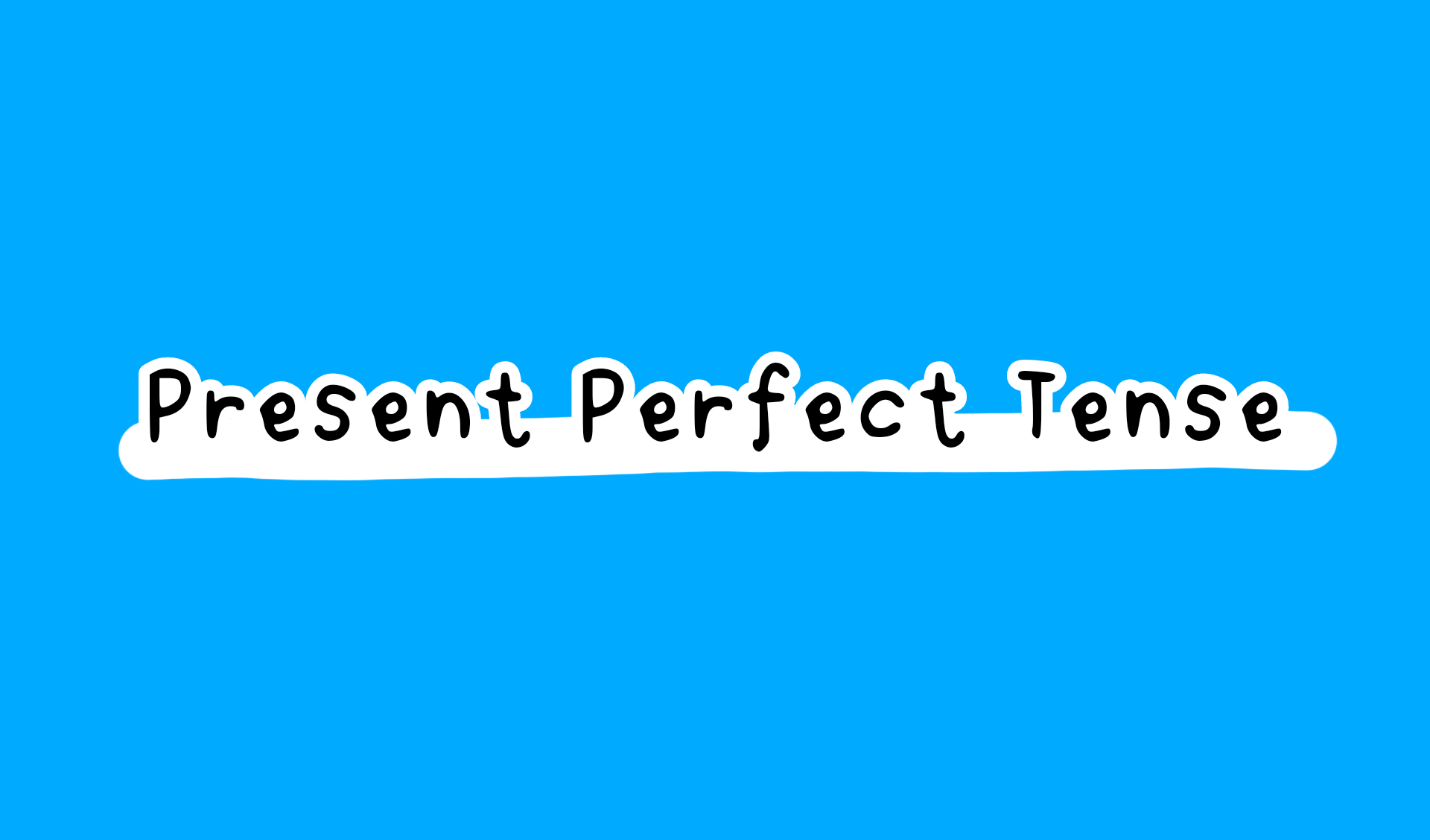The present perfect tense is essential for describing actions or situations that have occurred at an unspecified time before now. It is mostly used to talk about life experiences, recent actions, and ongoing situations that began in the past and continue to the present. we often use this tense with words like “already”, “yet”, “ever”, “never”, “just”, “recently”, “lately”, “so far”, and “since”.
How to form the present perfect tense
affirmative form
- subject + have / has + past participle
I / you / we / they + have + past participle
he / she / it + has + past participle
Examples
- I have visited Tokyo three times.
- he has met her parents.
- we have seen that movie before.
- she has lived in this town for five years
negative form
- subject + have / has + not + past participle
I / you / we / they + have not + past participle
he / she / it + has not + past participle
Examples
- I have not finished my homework yet.
- she has not called me this week.
- they have not gone on vacation this year.
- he has not eaten lunch.
question form
- have / has + subject + past participle ?
have + I / you / we / they + past participle ?
has + he / she / it + past participle ?
Examples
- have we met before ?
- has she made any plan for the weekend ?
- have you seen that movie ?
- has he finished his work ?
When to use the present perfect tense
- recent actions : to describe actions that recently occurred.
she has just finished her homework.
I have recently moved to new house.
- ongoing situations : actions that started in the past and continue to the present.
I have lived here for ten years.
he has worked at this company since 2012.
- experiences : actions that happened at an unspecified time in the past.
we have visited Paris.
they have read that book.
Common time expression with present perfect
- ever : have you ever visited Japan ?
- yet : have you finished your report yet ?
- since : she has worked here since 2001.
- for : they have lived in this city for ten years.
- just : he has just arrived.
- never : I have never seen the ocean.
- already : we have already seen that movie.
The present perfect helps connect past actions to the present moment, making it essential for effective communication. It is formed using “have” or “has” followed by the past participle of the verb. This tense is often used to talk about life experiences, recent actions, and ongoing situations that began in the past.

